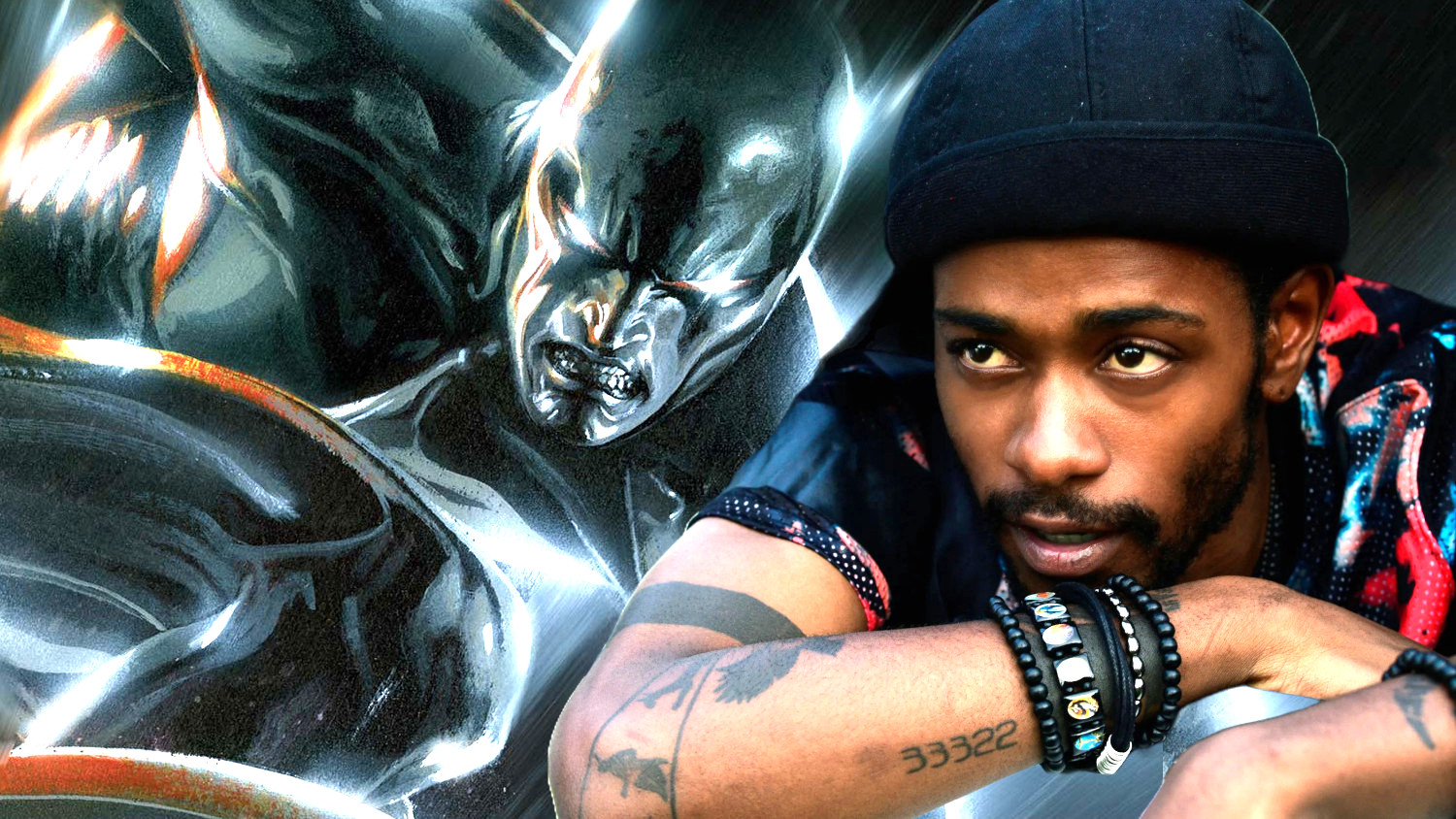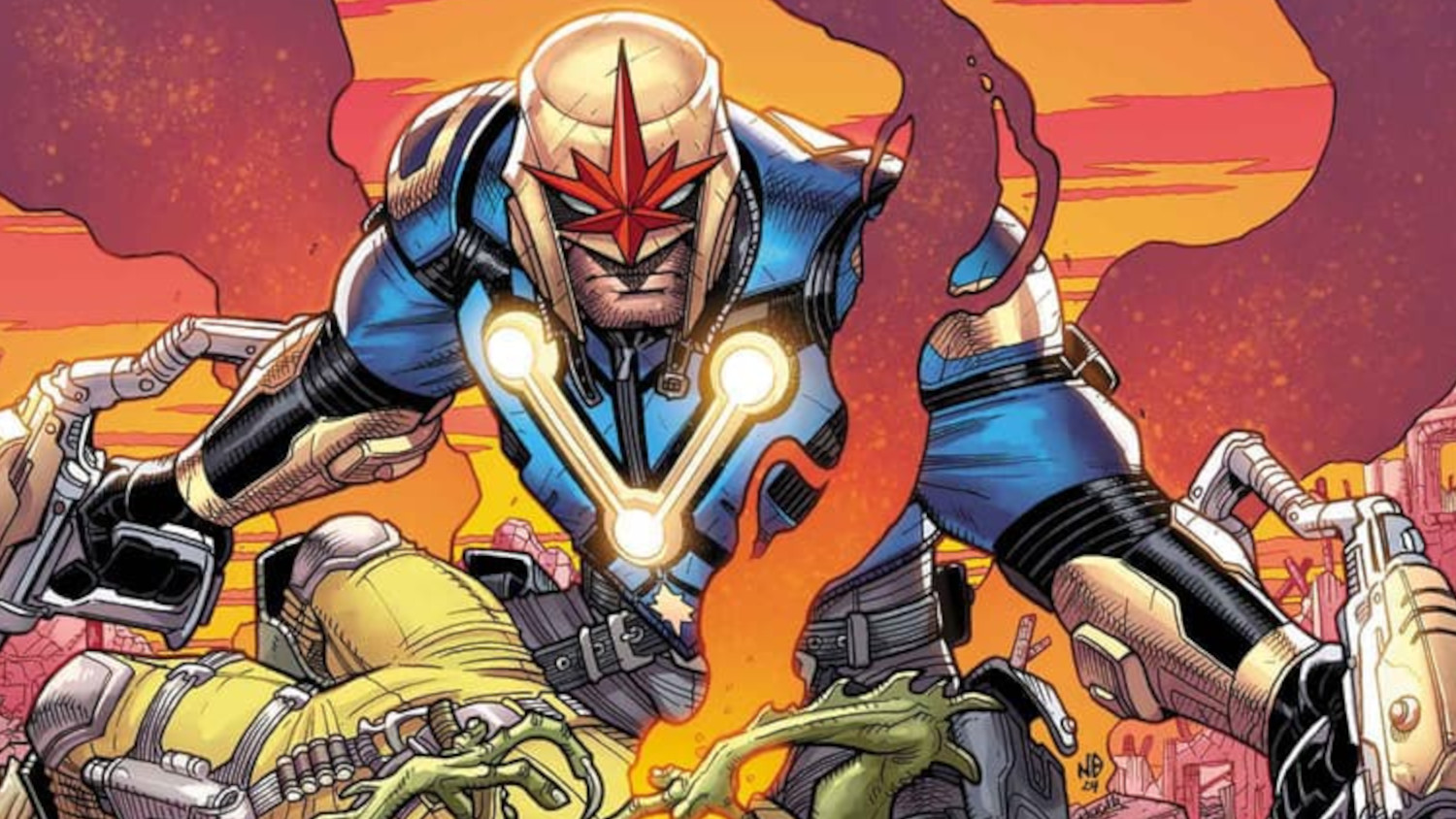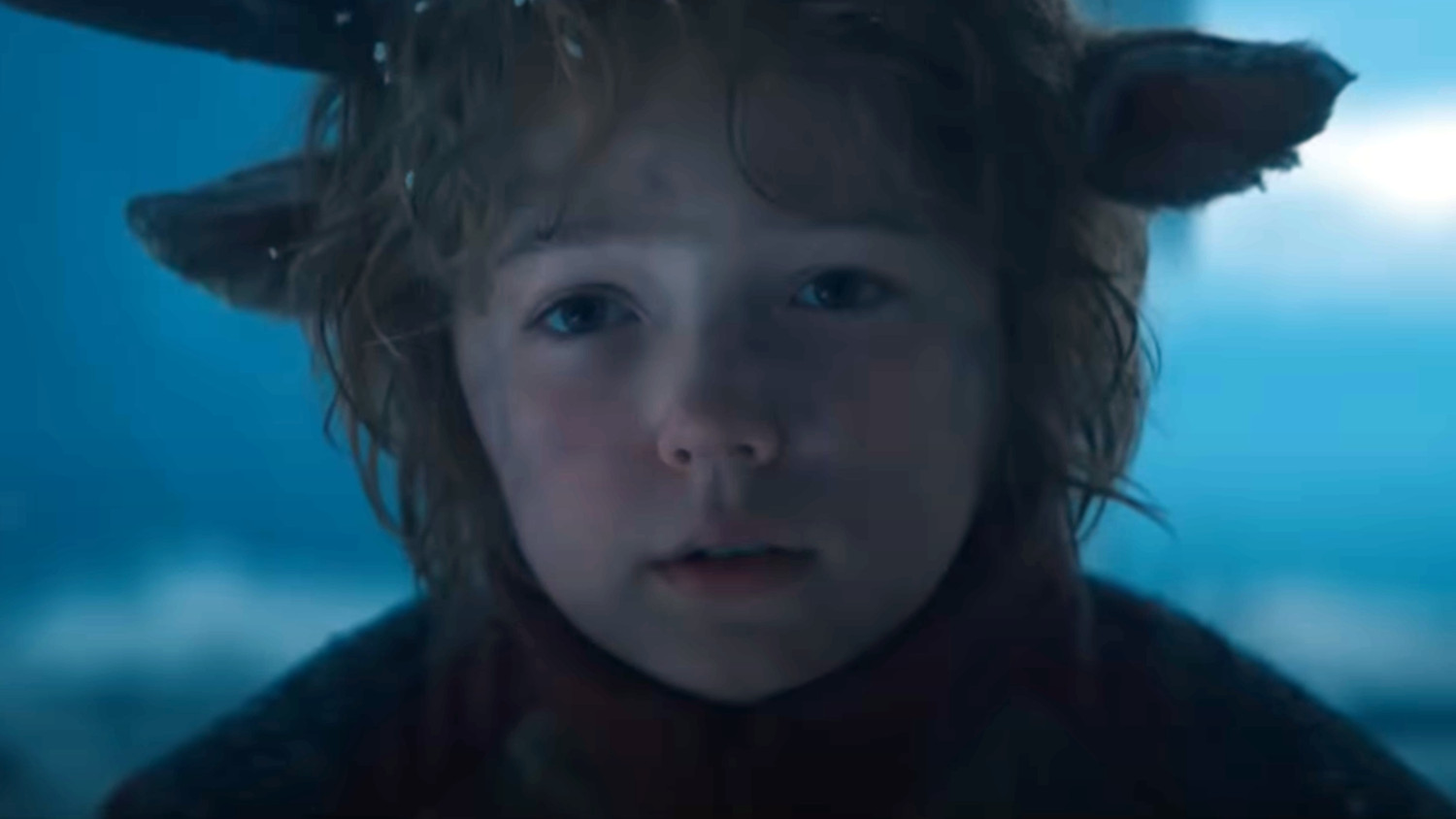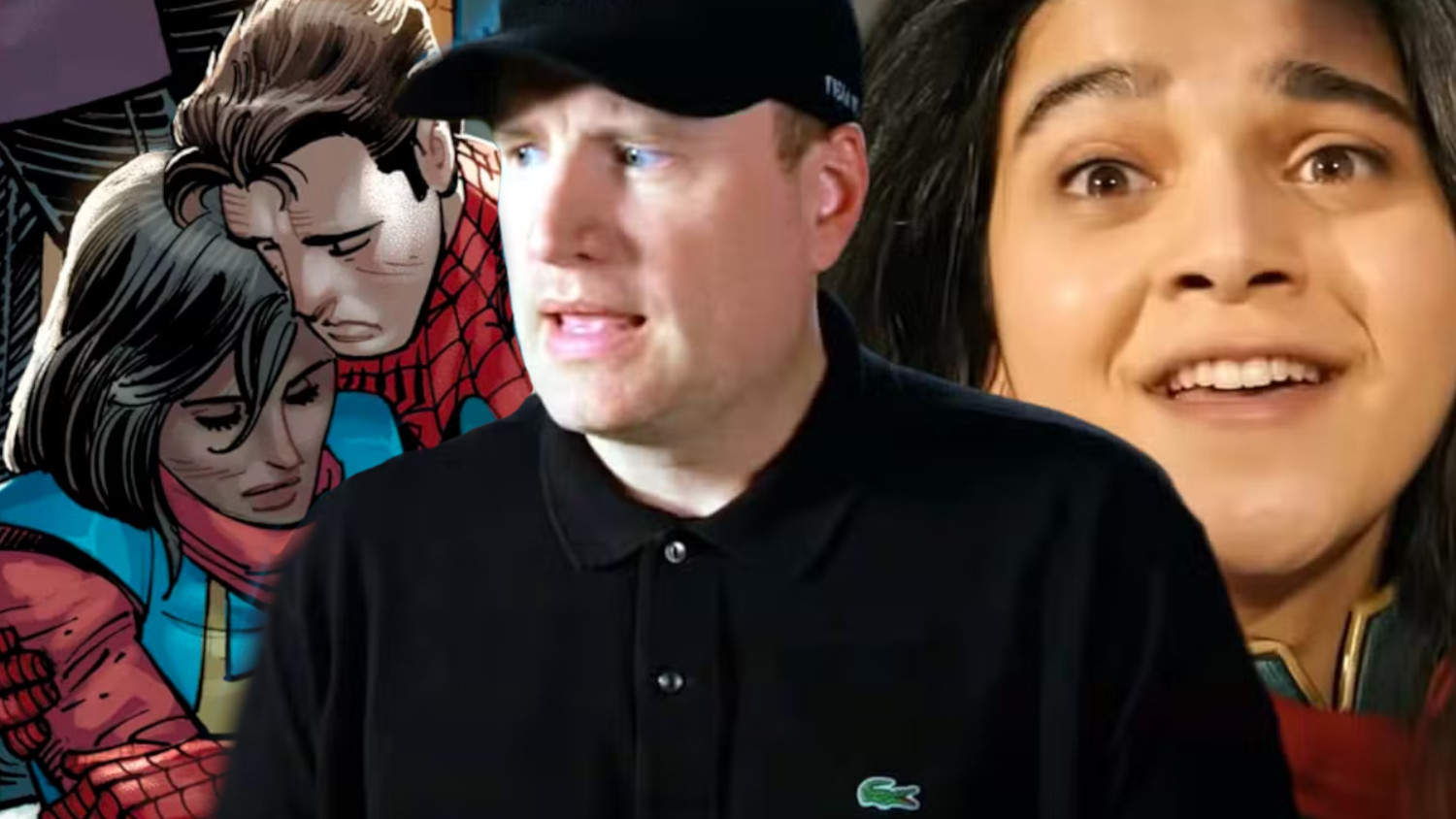Amanda, What Big Eyes You Have. . .
A Film Review of Red Riding Hood
By: Lawrence Napoli
 The first time I saw a trailer to this live action adaptation of Little Red Riding Hood was during the previews before Harry Potter and the Deathly Hallows Part 1. It was a crowded theatre that was fixated on the screen with anticipation of a great film, but when this trailer cued up, I could feel a begrudged disgust exhaust from every orifice of every individual that sat in the auditorium. At this trailer’s culmination, I too was aghast with the utter ridiculous nature of over-sexing a fairy tale not just on principle, but because it was yet another blatant example of the means of production in Hollywood Land throwing up its hands at genuine creativity. I saw fit to take matters into my own hands, or voice rather, as I yelled, “EPIC FAIL!” at the screen and a flurry of laughter followed from the rest of the audience. And so began and ended my career as a cinema knucklehead because I don’t care much for audience participation in movie theatres, even when terrible film trailers deserve it.
The first time I saw a trailer to this live action adaptation of Little Red Riding Hood was during the previews before Harry Potter and the Deathly Hallows Part 1. It was a crowded theatre that was fixated on the screen with anticipation of a great film, but when this trailer cued up, I could feel a begrudged disgust exhaust from every orifice of every individual that sat in the auditorium. At this trailer’s culmination, I too was aghast with the utter ridiculous nature of over-sexing a fairy tale not just on principle, but because it was yet another blatant example of the means of production in Hollywood Land throwing up its hands at genuine creativity. I saw fit to take matters into my own hands, or voice rather, as I yelled, “EPIC FAIL!” at the screen and a flurry of laughter followed from the rest of the audience. And so began and ended my career as a cinema knucklehead because I don’t care much for audience participation in movie theatres, even when terrible film trailers deserve it.
Red Riding Hood is not an atrocious film, but at the same time, it is not far removed from the irrelevance of the Twilight Saga. In fact, the only advantage that Hood has over Twilight is the significantly higher caliber of featured cast in the forms of Gary Oldman and Amanda Seyfried, which would be absolutely absurd to compare to the likes of Robert Pattinson and Kristen Stewart. The performances in Hood, however, were very inconsistent and it begins with the fact that none of the cast even attempts to employ some kind of stylized accent in their dialogue. The look of Hood clearly establishes this fictional world as some kind of period piece set in a medieval village presumably in Europe. When your entire cast uses American accents, it kind of ruins the whole attempt at any sort of period piece. Where was director Catherine Hardewicke’s leadership in establishing and maintaining some kind of linguistic continuity? Oh I know; it’s in the same place where she left it during Twilight, on the dung heap. As for Gary Oldman, he does happen to come through with a reliable performance as the antagonistic Father Solomon, a priest who hunts werewolves. Although I don’t remember that role in the original fairy tale, it is no more foolish than priests who hunt vampires (fan-boys of Priest and Paul Bettany please direct your complaints to my ass). Oldman is far too skilled at playing villains in the way he uses his natural charisma to seduce the audience into buying into his character’s agenda. This was not a standout performance for Oldman, merely another notch on the belt of approved consistency.
Love her or loathe her, Amanda Seyfried was the perfect choice to be the face of miss riding hood, known to the audience as Valerie, despite the fact that she doesn’t mount a horse once during this film and is mounted by a man in only one, very brief scene that does not pay off in any way, shape or form. Those of you expecting anything close to what Amanda delivers in Chloe (2009) will be sorely disappointed. Regardless, Seyfried takes full advantage of the beauty in her face and the entrancing nature of her beguiling eyes. It is kind of a sad commentary, however, that the audience only likes the character of Valerie because she is beautiful. She does not do anything in the story that ingratiates her beyond playing the victim card and her need to be “rescued.” Passive damsels in distress are not the trend in Hollywood these days (nor are the roles Seyfried herself is drawn to), but if performing necromancy on dead fairy tales is the order of the day, I suppose anything considered retro is fair game. What’s interesting about her performance is how skilled she is at playing the innocent lover in several films such as this one, in addition to Mamma Mia (2008) and Dear John (2010). Unfortunately, when Valerie is set upon by tragedy in the story, Seyfried’s inability to turn on the water works sells this performance short as every female reverts to reviling her for her good looks and every male continues to fantasize about having sex with her. In the end, her acting does enough to get the job done, but not enough to be genuine.
I simply fail to understand why anyone would green light a script like this other than the fact that it has been done far too many times before. Love triangles plus forbidden loves do not always yield Romeo and Juliet, but it seems that rookies like screenwriter David Johnson won’t stop trying. What makes the story dumb is the fact that the supposed “love triangle” which is the key relationship to the entire plot isn’t anything to write home about. There are clearly enough scenes between forbidden lovers Valerie and Peter to convey a clear sense of passion on the screen. The rich boy that Valerie is betrothed to, Henry, is not shown feeling an equal sense of passion for Valerie. Instead the audience is assured of Henry’s sincerity through second hand dialogue by supporting characters and never directly to Valerie herself. Instead of copying Shakespeare, a better script would have focused on the main points of the original fairy tale: trust and paranoia. Children are to be taught to never talk to strangers and to love and respect family, but what happens if Grandma is a wolf in disguise? This element of paranoia is only briefly hinted at after Father Solomon is called to the village in order to investigate the werewolf killings when it should have been the engine for the entire plot. The audience is only privy to Valerie’s perspective as to who the wolf might be in human form and she never really does any kind of investigating by herself to make this interesting within the story. She, like the audience, merely absorbs a coincidental chain of events to which she is a focus and victim of as more proactive characters: Father Solomon, Grandmother, Cesaire, Peter and Henry force the plot to move forward. FYI, good casting does not a good character make. Good casting and better writing does.
The exact moment when this film jumps the shark is when those famous lines, “Grandma, what big (insert body parts here) you have,” are repeated on screen. I really could not control my gag reflex for the remainder of the film because their inclusion was as absurd as it was irrelevant. I’ll bet the production team thought they were quite clever for doing so because the film was so hard up for parallels to the original fairy tale. If Catherine Hardwicke wanted to make another Twilight film, then she should have done just that. The names of the characters and circumstances were altered for Red Riding Hood, but make no mistake; it’s all the same teeny bopper drivel we have all been subjected to thanks to Stephenie Meyer. Taking a flimsy plot and making it darker or sexier doesn’t make it BETTER! If the inspiration and plot motivation for Hollywood screenwriters would evolve beyond that of a 3rd grade equivalency, perhaps they would actually learn that lesson. Instead, this film may catalyze a string of more useless fairy tale adaptations which may present an excellent comeback opportunity for the likes of Charlie Sheen. This decade has become oversaturated with vampires and werewolves and I am just plain disgusted by it. But if exploiting the unrefined tastes of teenage boys and girls is the only thing that matters I suggest we get Amanda Seyfried and Megan Fox back together, have them discard any and all non-nudity clauses and make the most absurd, Basic Instinct meets Showgirls thriller possible. Such a film would be rife with cliché, but at least it would up the ante of the audience’s shock and awe.
![[page_title]](https://cosmicbook.news/wp-content/uploads/2022/08/cosmic-book-news-default-featured-image.webp)



